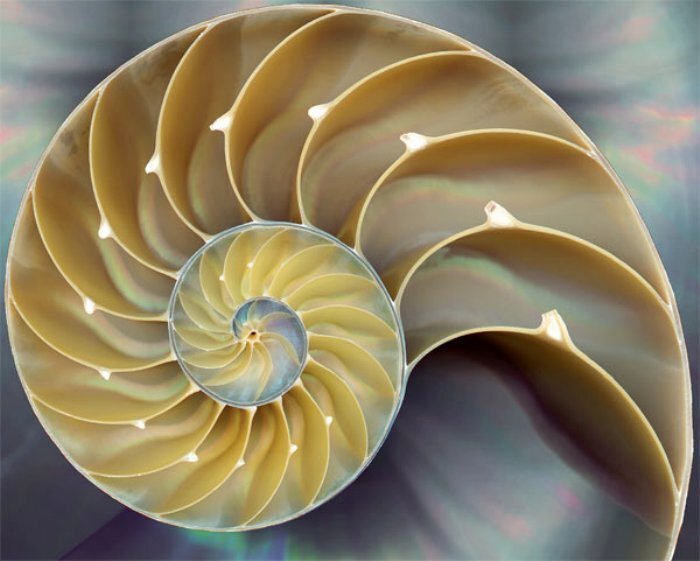Selecting your Miasm
When to look for your miasm: Stuck cases
Are you looking for something close to a constitutional remedy for yourself? Sometimes your symptoms have no inherent organization. At least, the organization is not clear to you, the prescriber. You have to first focus on the central problem you want to solve. If you think about it carefully, you will probably find a connection between your mind-centered and physical issues. Metaphorical thinking works better here than sticking to medical science.
Also, you can choose to use only physical or mental/emotional symptoms. Still, sometimes you feel stuck.
The miasm you select does not usually cover every "pimple and wart" on your body, and you do not need to fix every odd emotion in your daily life. You must distance yourself from small details to select a miasmatic remedy or nosode. (Nosodes are made from diseased tissues).
You may choose a remedy made from the biological tissue that defines the miasm, or certain remedies cover a specific miasms. For example, Thuja for the sycotic miasm. That is the remedy that neither a sarcode nor a nosode shares the characteristics of the miasms. Every miasm has a few highly characteristic remedies.
Even if your case is not stuck, a miasmatic remedy can help avoid unpleasant reactions to a well-selected remedy.
Classical miasms
Some of my teachers use only the four classical miasms. Ton Jansen is an example. Psora for deficiency. Sycotic for excess production of activity, cells, etc. Syphilitic miasm for destructive tendencies.
Reliable book: Heudens-Mast: The Foundations of Miasms
Other uses of miasms
Ton Jansen gives a high potency (10M) of the classical miasm only once, plus other remedies in one prescription, where a remedy is often taken on a specific day of the week. If the miasmatic remedy is obvious, he gives it. If not, he waits until the case becomes more clear. Giving a miasmatic remedy in the beginning of a case makes the whole prescription more gentle, he explains.
Sankaran's more useful miasmatic categories
Next, look for your miasms. At the bottom of this page, I suggest two books by students of Sankaran.
Sankaran divides the 3 or 4 classical miasms (Psora, Sycosis, Tuberculinum, and Syphilis). Unlike Jan Sholten, Sankaran is unconcerned with DNA classifications or natural classification systems such as the Periodic table. Nevertheless, Sankaran's primary reference combines the classical 3-4 miasms plus Jan Sholten's miasms. Sankaran is trying to simplify the miasmatic system for the student. At the same time, he wants enough categories to identify specific remedies that belong to each miasm. Airtight categories are impossible, but the remedies that fit into each category are the major remedies representing that category.
Click to download a chart to help you.
Sankaran's Miasms on a chart by Roger Morrison, Sankaran's student.
If finding your curative remedy is difficult, sometimes finding the remedy that will bring out symptoms to move your case forward is a good choice. Instead of quickly jumping to your curative remedy, SEARCH FOR THE CATEGORY (miasm) THAT FITS YOU.
I found the Joshi couple's writing easier to read for Sankaran's miasms. They focus on the diseased tissue used to identify the miasms (the nosode). Morrison has a more abstract approach, and I found his writing interesting after reading the Joshi couple.
Sakaran's student's books:
Joshi: Nosodes Imponderables Come Alive
Roger Morrison: Miasms of the New Age.
I have a chart listing the remedies in each Sankaran miasm. If you want that chart, you need to email me.

